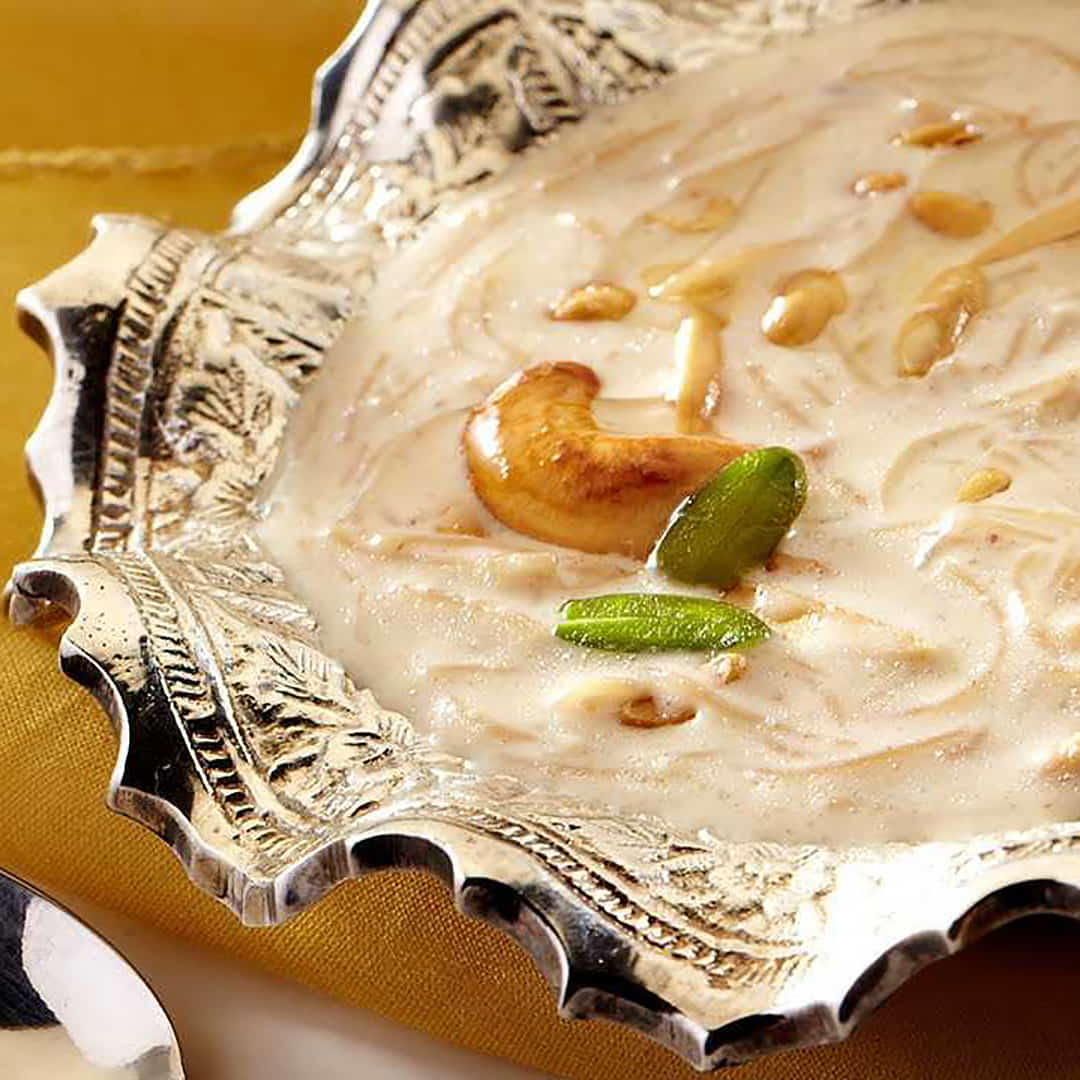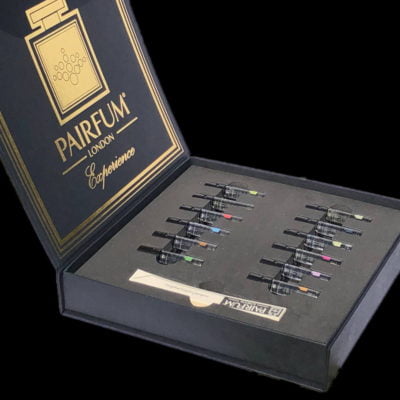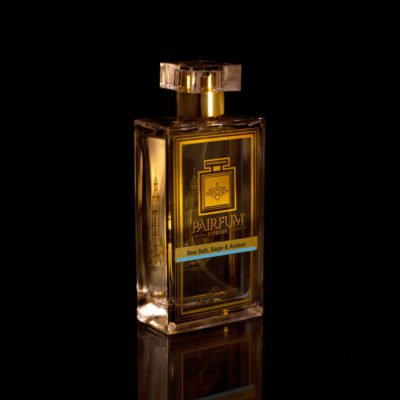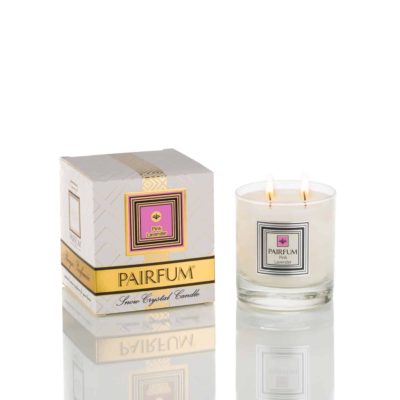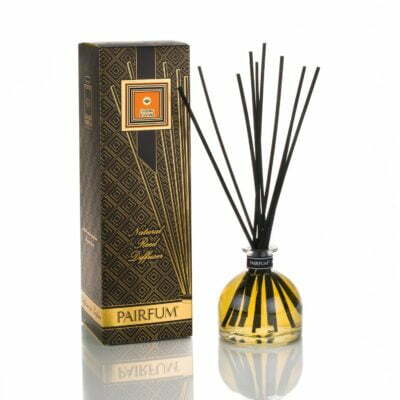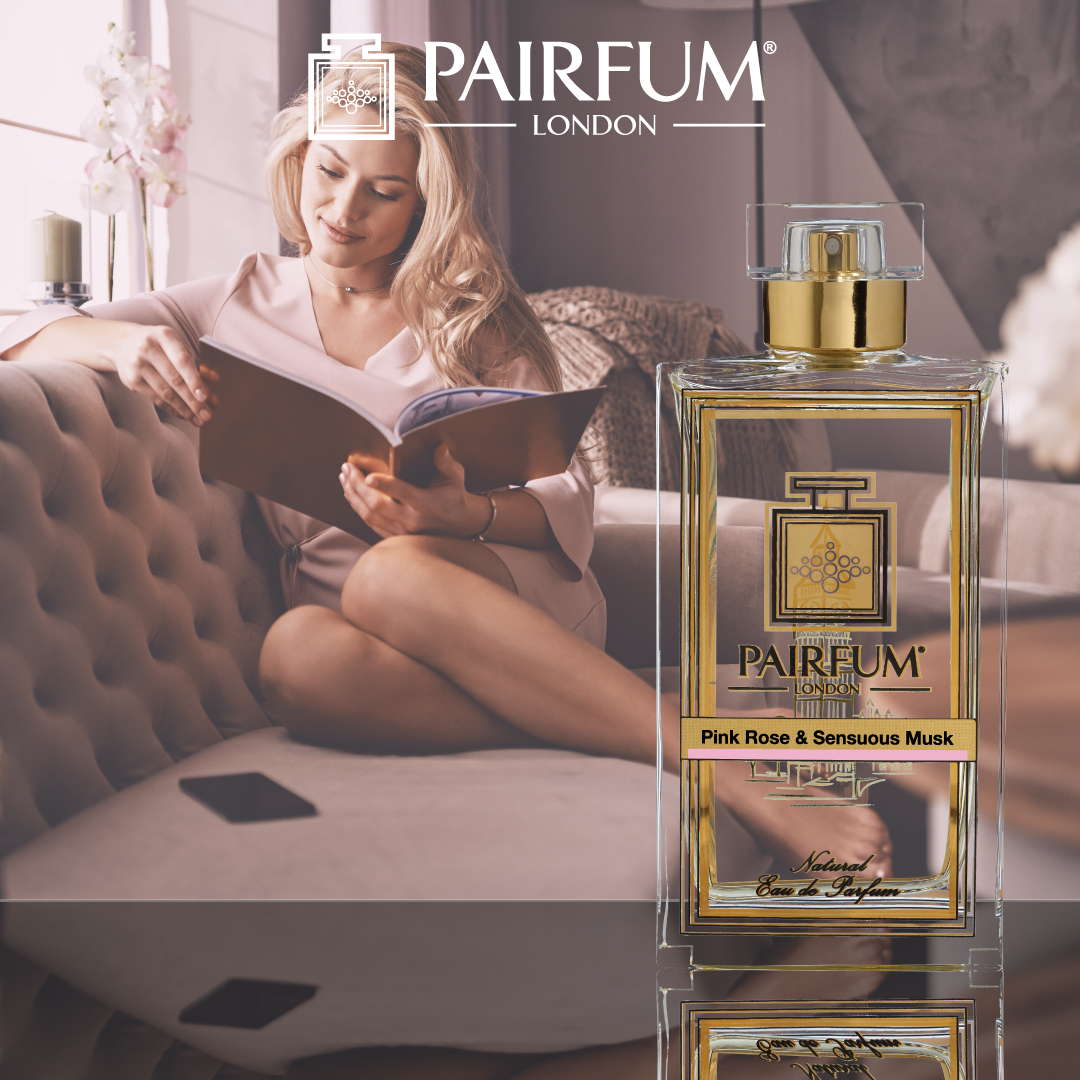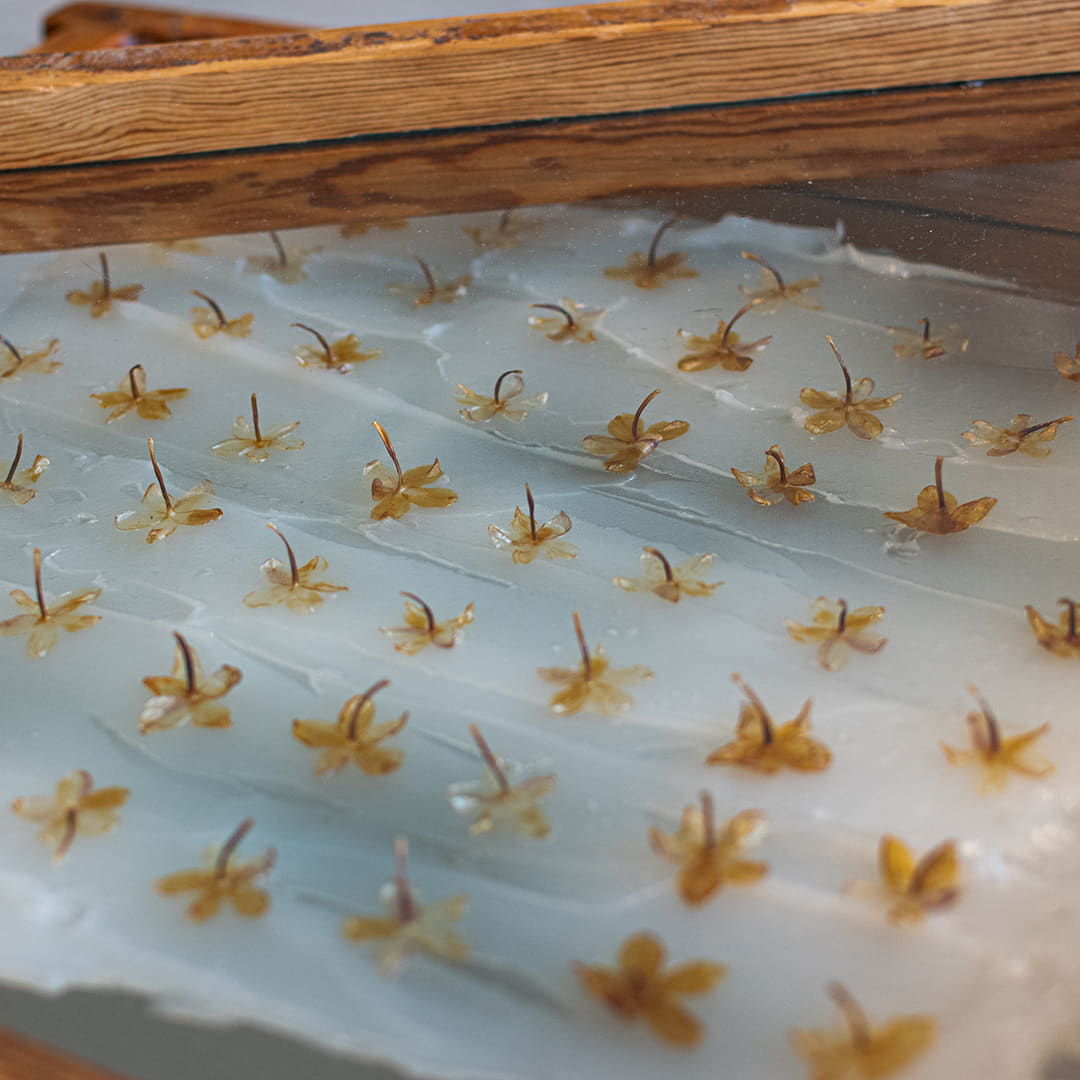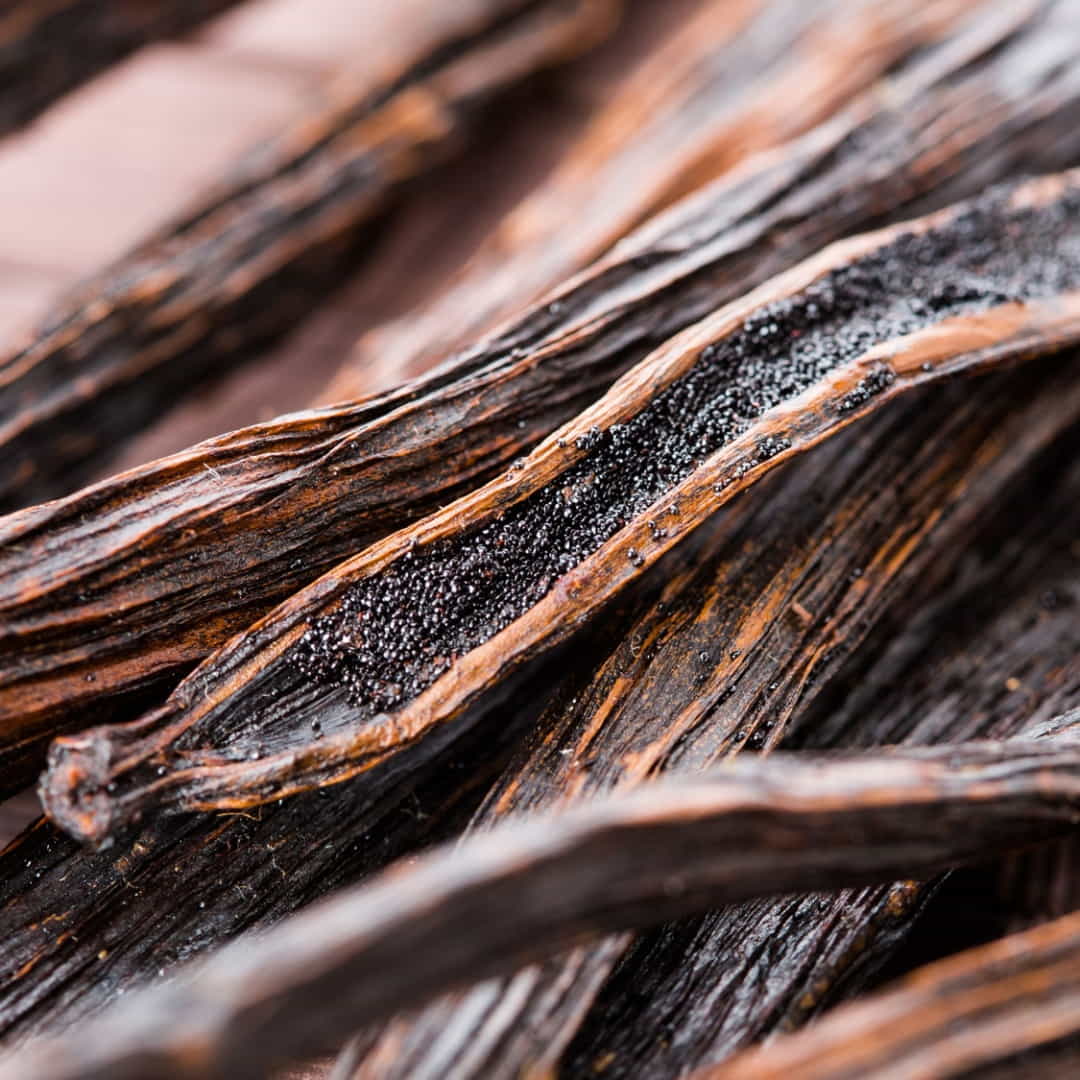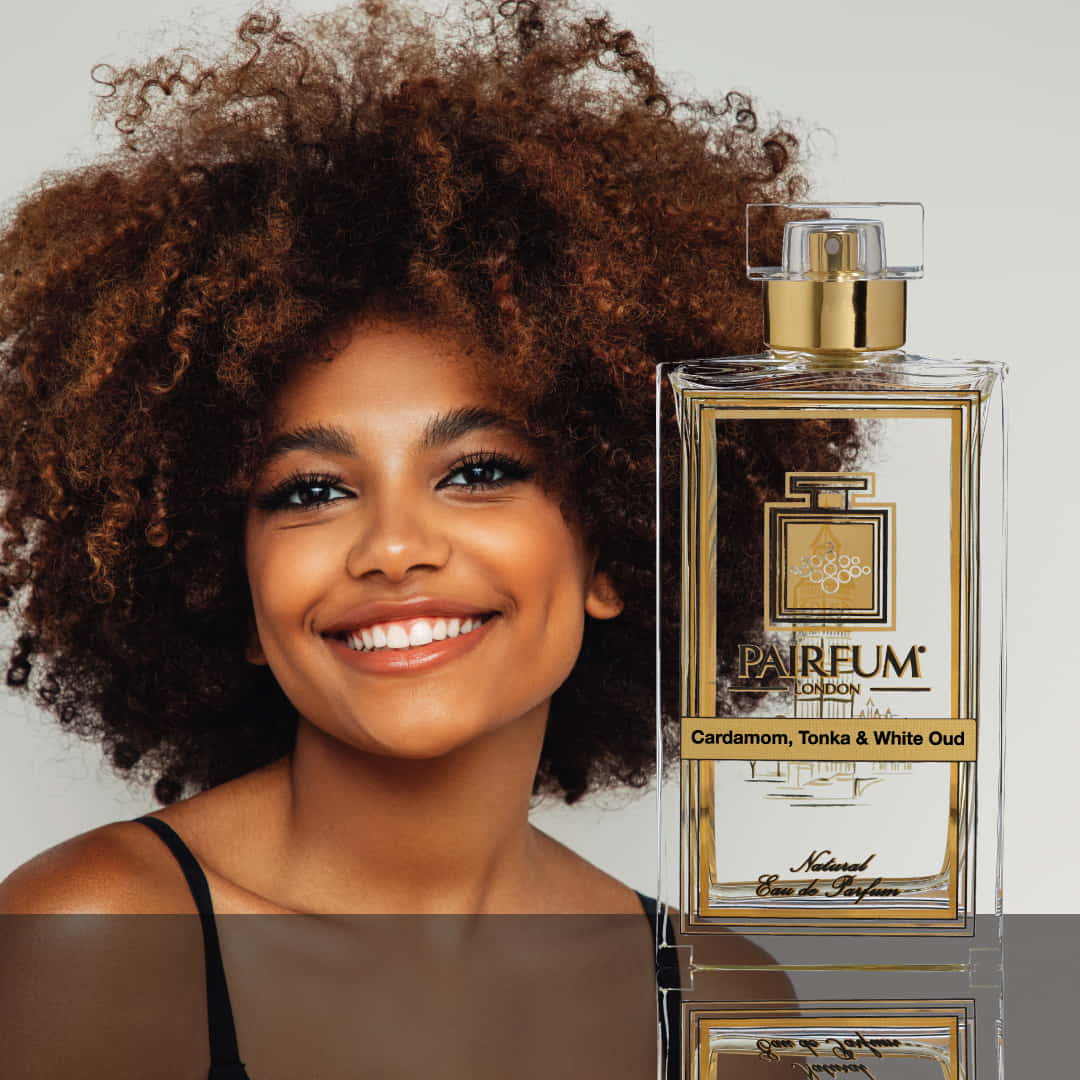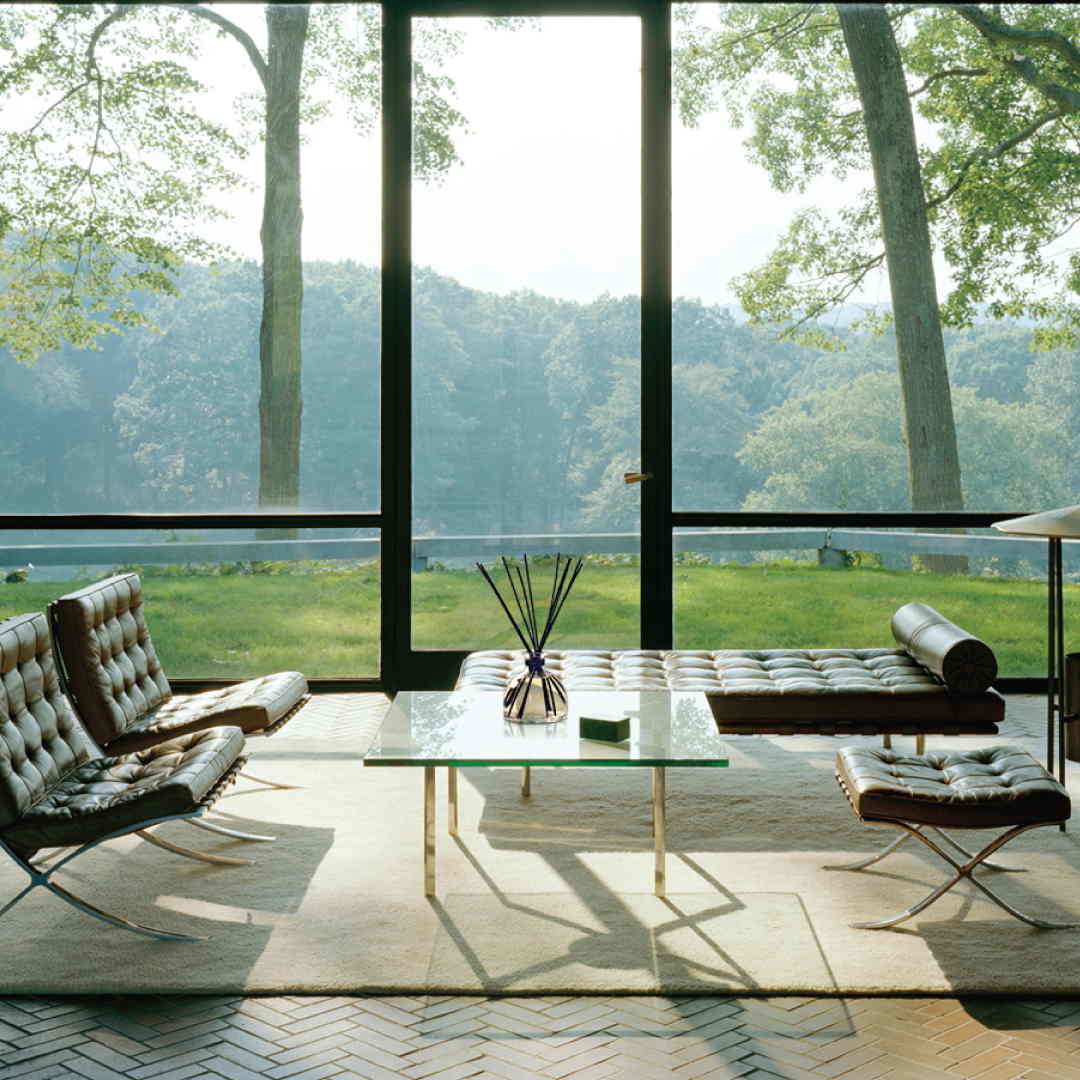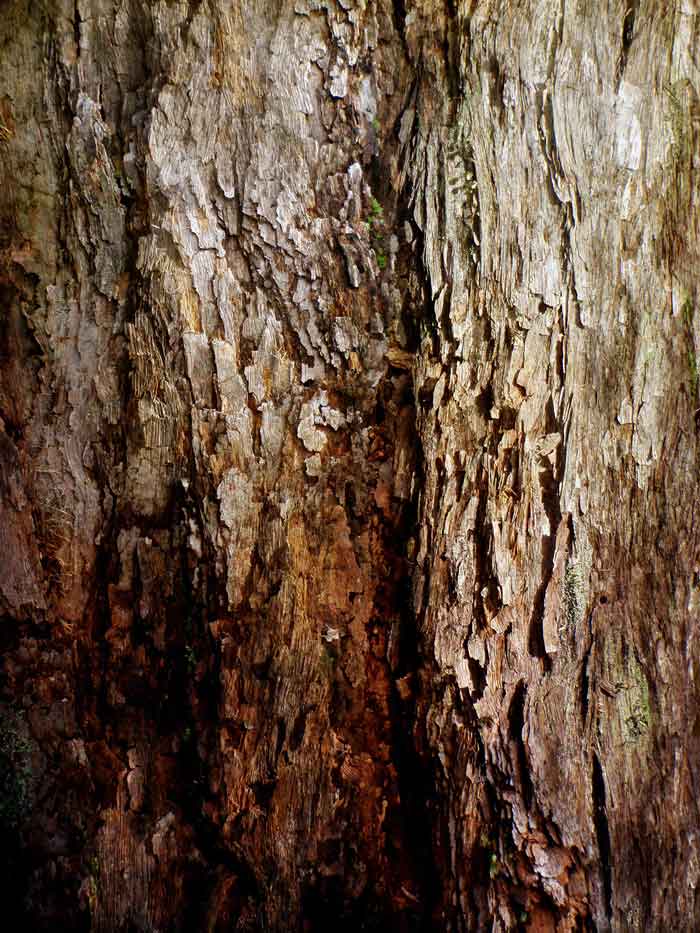
Introduction
As perfumers, we experience life through our noses, and when we hear ‘Ramadan’ or ‘Eid’ our immediate question is: what is the fragrance of eid and ramadan?
Eid is celebrated by Muslims around the world, so it’s not limited to any specific geographical region. However, it’s most prominently observed in countries with significant Muslim populations. These include:
- Middle East: Countries like Saudi Arabia, the United Arab Emirates, Qatar, Kuwait, Bahrain, Oman, Jordan, Lebanon, and others observe Eid with great enthusiasm and festivity.
- South Asia: Eid is widely celebrated in countries like Pakistan, India, Bangladesh, and Afghanistan among others. The festivities often include family gatherings, feasting, and exchanging gifts.
- Southeast Asia: Nations such as Indonesia, Malaysia, Brunei and the Philippines have large Muslim populations that celebrate Eid with various cultural traditions and customs.
- Africa: Eid is celebrated across the African continent, particularly in countries with significant Muslim communities, such as Egypt, Nigeria, Algeria, Morocco, Tunisia, Somalia, Sudan and many others.
- Europe: Muslim communities in countries like Turkey, Great Britain, Albania, Bosnia and Herzegovina, Kosovo and others celebrate Eid with prayers, family gatherings, and communal meals.
- North America: Muslims in the United States and Canada observe Eid with prayers at mosques, family gatherings, and community events.
- Oceania: Countries like Australia and New Zealand have Muslim communities that celebrate Eid with prayers, festivities, and cultural events.
As you can see, Eid is celebrated across diverse geographical regions, wherever there are Muslim communities, highlighting its global significance and cultural diversity.
In other words, there are several Fragrances or Scents which are typical of Eid, depending on the region. Let’s discover what they are.
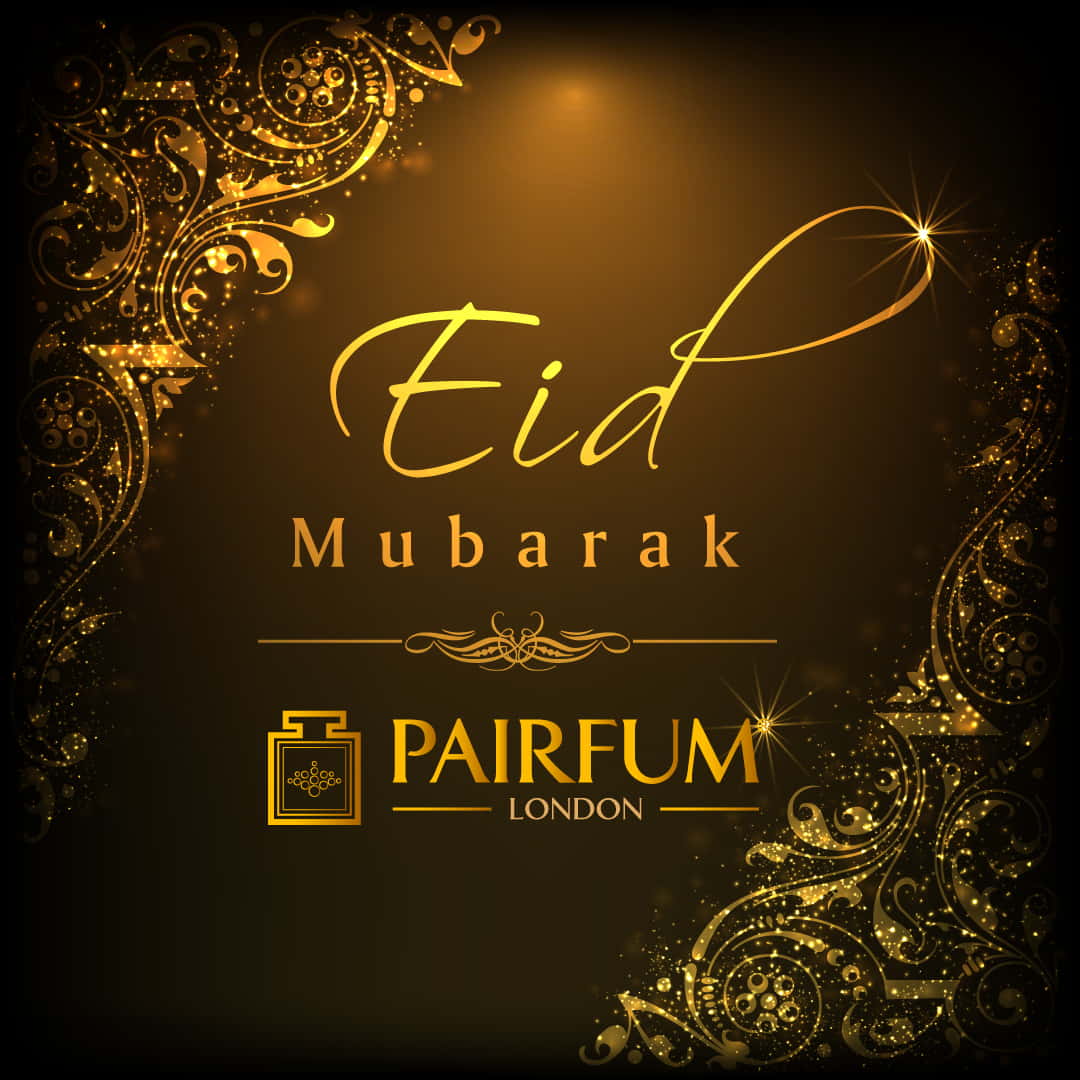
About Ramadan
Ramadan is the Islamic holy month of fasting and Eid marks the end of Ramadan and the beginning of Eid al-Fitr, “festival of breaking of the fast”.
Eid, Eid al-Fitr, and Ramadan are three important terms associated with the Islamic faith. Here’s a brief explanation of each term:
- Eid: The word “Eid” comes from the Arabic language and means “festival” or “holiday.” In Islam, Eid refers to two major festivals celebrated by Muslims worldwide – Eid al-Fitr and Eid al-Adha.
- Eid al-Fitr: Eid al-Fitr is one of the two major Islamic festivals and is celebrated at the end of the holy month of Ramadan. It marks the end of the month-long fasting and spiritual reflection period. It’s a time for Muslims to gather with family and friends, exchange gifts, and celebrate with feasts and prayers. It is celebrated on the morning after the new month’s moon was seen the evening beforehand.
- Ramadan: Ramadan is the ninth month of the Islamic calendar and is considered the holiest month in the Islamic faith. Muslims observe this month by fasting from dawn until sunset, refraining from eating, drinking, and engaging in other physical needs during daylight hours. Ramadan is a time for self-reflection, spiritual growth, and charity.
In summary, Eid refers to two major festivals celebrated by Muslims worldwide, while Eid al-Fitr is specifically celebrated at the end of Ramadan. Ramadan is a month-long period of fasting and spiritual reflection that leads up to the celebration of Eid al-Fitr.
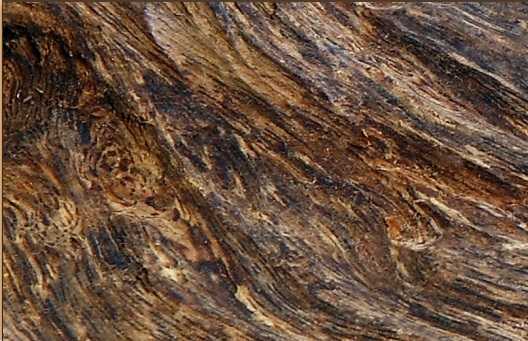
What Is The Fragrance Of Eid ?
During the festival of Eid the following fragrance notes will be the most prominent across the regions mentioned above:
- ‘Oudh’ or ‘Oud’,
- Cardamom, and
- Rose.
What is Oudh ?
Oudh or oud is known to be one of the most expensive woods and has been used to make high quality incense for centuries.
It is a resinous and fragrant hardwood with many names : Agarwood, Aloeswood, Eaglewood, Gaharu and Ggalocha.
Agarwood or oudh forms as a reaction to fungal or bacterial attack. The trees secrete a fragrant, protective oil into the wounded areas (roots, branches, trunk), which gradually become harder and turn dark or even black. This oil is extracted via distillation or super-critical CO2 extraction.
The scent of Oudh is woody, balsamic and leathery. It is very popular as a base note and fixative in perfumery, as it is last very long on skin and is very strong. The most typical perfumery accords in the Middle East are built around an accord of Rose and Oudh. Other prominent notes might include saffron, amber, and musk, creating opulent and luxurious fragrances. These perfumes often exude a sense of tradition and sophistication, aligning with the festive atmosphere of Eid.
Most women and men will be wearing their best perfume during the festival of Eid and it is sure to feature Oudh prominently.
Burning incense and bakhoor (scented wood chips) is a customary practice in many households during Eid. The fragrant smoke from these aromatic materials fills the air, creating a welcoming and festive ambiance. Bakhoor fragrances at this time will all feature oud and in combination with rose, sandalwood and various spices, infusing the surroundings with a warm and comforting scent.
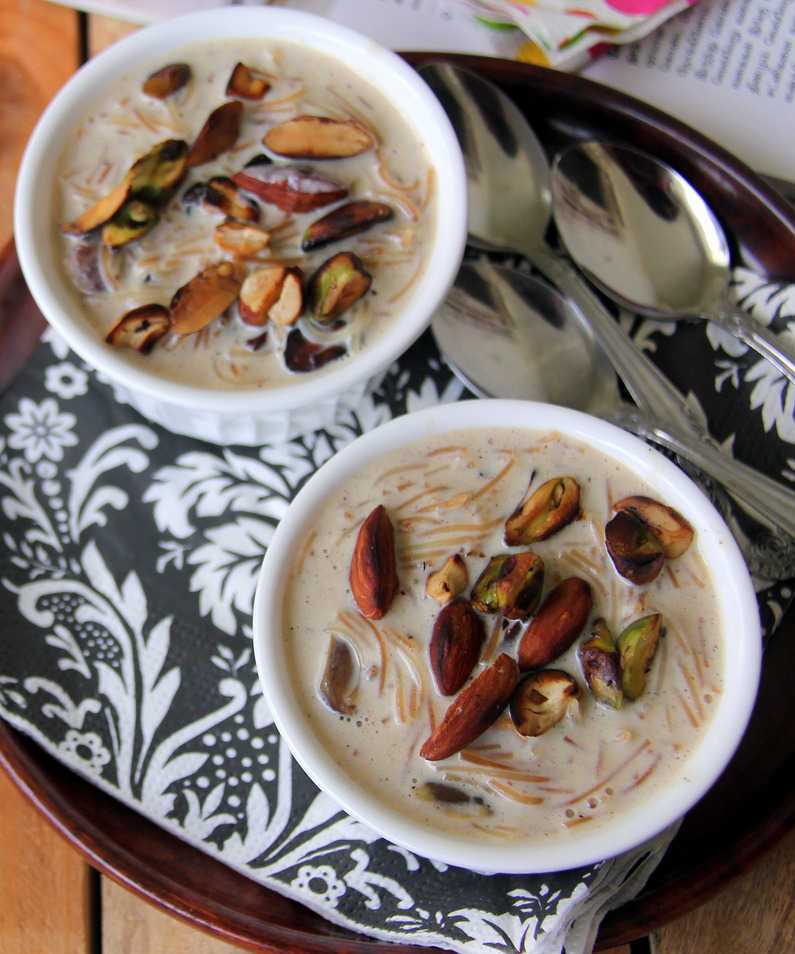
Cardamom in Sheer Khurma
Sheer Khurma or Sheer Khorma, means literally “milk with dates”.
It is vermicelli pudding with dried dates and the traditional Muslim festive breakfast (or desert) prepared on Eid in Afghanistan, India, Pakistan, Bangladesh and parts of Central Asia.
This special dish is served on the morning of Eid in the family after the Eid prayer as breakfast and then throughout the day to all the visiting guests.
On the night before Eid, after the Maghrib prayer, Sheer Khurma is prepared and spiced with cardamom. The dish is placed on the oven allowed to simmers for several hours, filling the kitchen and house with the fragrance of cardamom.
Anybody that has experienced Ramadan and Eid will immediately recognise this scent and associate it with a happy time of celebration.
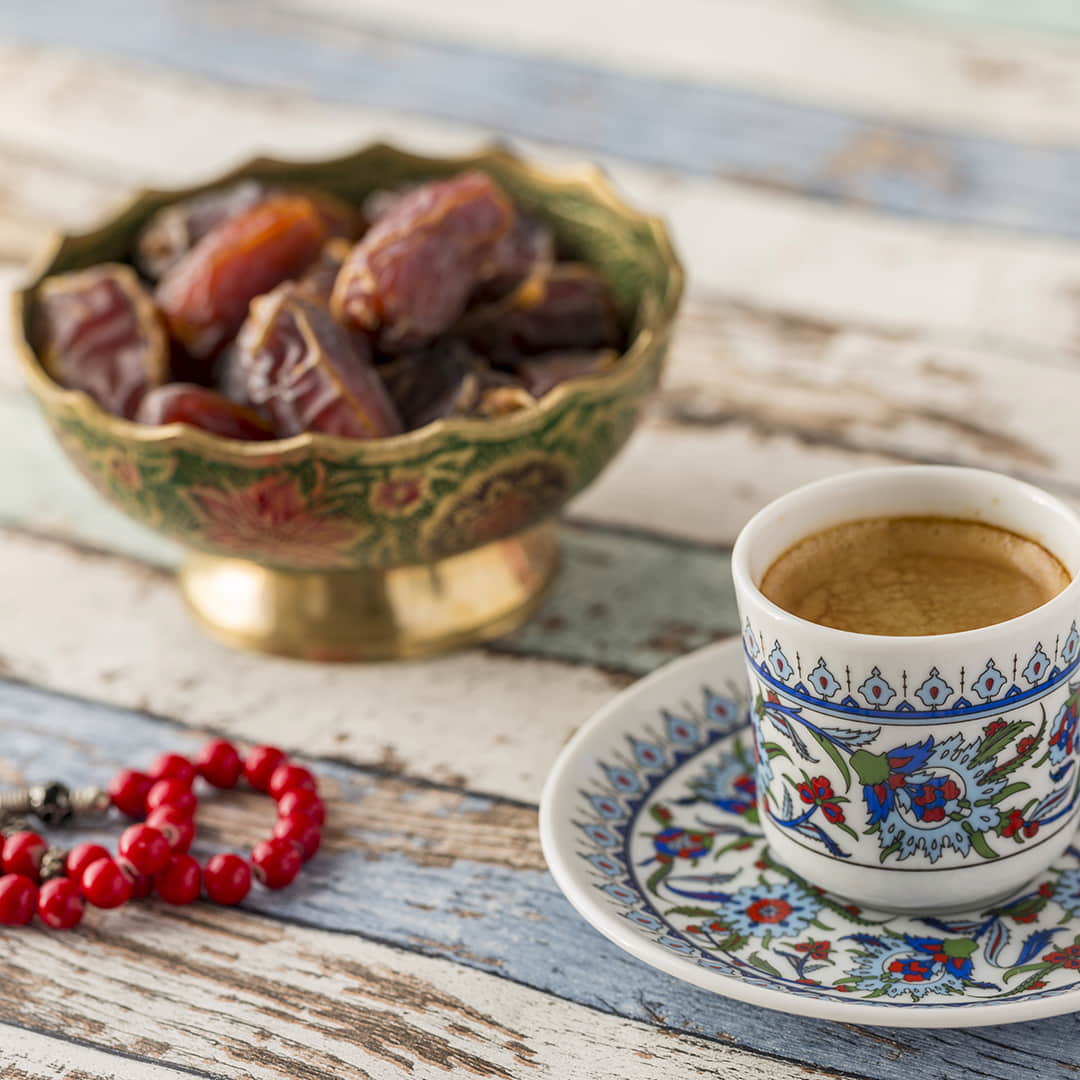
Cardamom In The Arabic World
Food
Traditional dishes play a crucial role during Eid celebrations. The aroma of dishes like biryani, grilled meats (such as kebabs), lamb stew, and various rice and meat-based dishes fill the air during family gatherings and feasts. Spices like cardamom, cinnamon, cloves, and saffron contribute to the aromatic richness of these dishes but they are also used in sweet dishes.
The air is filled with the aroma of freshly baked treats. Dates, a traditional Ramadan staple, are still enjoyed at this time. Delicately flavoured pastries like baklava and kunafa add sweetness with their rosewater and honey notes.
Drinks
Refreshing and aromatic beverages like traditional Arabic coffee (qahwa) and various fruit-infused drinks are enjoyed during Eid gatherings. Arabic coffee is often flavoured with cardamom and sometimes saffron, contributing to its distinct fragrance.
Soaked dates infused with rosewater or other floral essences might be served as another refreshing drink.
Gifts
Exchanging perfumes and scented oils is a common practice during Eid.
Oud-based perfumes, attar (traditional Arabic perfumes), Bakhoor and luxury fragrance sets are popular gift choices. These fragrant gifts symbolize generosity, luxury and well-wishes for the recipient.
Uniquely Regional
Overall, the scents of Eid in the Arabic region are characterized by opulence, tradition and warmth, with fragrances playing a significant role in enhancing the festive spirit and creating memorable experiences for families and communities. The combination of cardamom and other warm spices, luxurious ouds, sweet florals and smoky bakhoor creates a rich and multi-layered fragrance that is truly special.
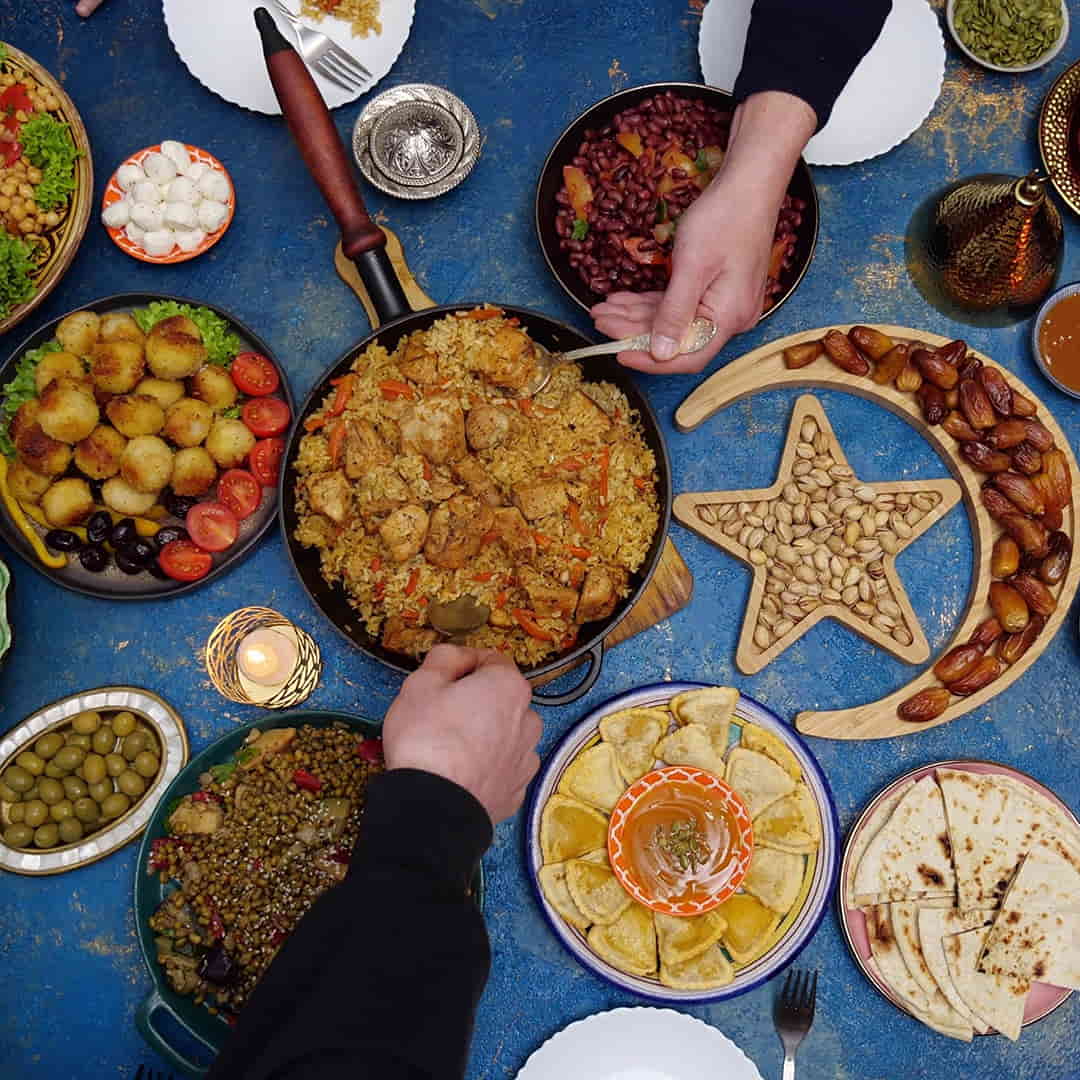
Rose & Jasmin In South-East Asia
In Southeast Asia, Eid celebrations are marked by unique fragrances and scents that reflect the cultural diversity of the region.
Here’s a breakdown of the scents associated with Eid in Southeast Asia:
Perfume
Perfumes worn during Eid in Southeast Asia often feature floral and sweet notes, reflecting the tropical climate and the region’s affinity for vibrant scents.
Fresh and floral notes take center stage. Jasmine, a symbol of purity and celebration, is widely used. Other popular florals include rose, frangipani (plumeria) and ylang-ylang, offering their sweet, heady aromas. Lighter, citrusy notes like bergamot and mandarin might be present for a refreshing touch.
In terms of accords, white floral accords are key, featuring jasmine, frangipani, and sometimes even champaca flower. Sandalwood and vetiver are found in woody bases. Additionally, musk and amber accords may be added for depth and warmth. Gourmand notes like vanilla are less common than in the GCC but might be present in sweeter options.
Traditional attars, made from natural botanicals and essential oils, are also popular choices for Eid celebrations.
Food
Eid feasts in Southeast Asia are characterized by a wide variety of savory and sweet dishes, each contributing to the aromatic richness of the festivities. Savory dishes like rendang (spicy beef stew), nasi lemak (coconut rice), satay (grilled skewered meat), and various curries fill the air with enticing aromas of spices such as lemongrass, galangal, star anise, cloves, turmeric and ginger.
For desserts, sweet treats like kuih (traditional cakes), dodol (sticky rice cake), ketupat (rice cakes in woven palm leaves), kolak (fruit compote) and various types of cookies and pastries are enjoyed, emitting fragrances of coconut, pandan leaves (with their unique grassy-vanilla scent), palm sugar, and aromatic spices like cinnamon and cloves.
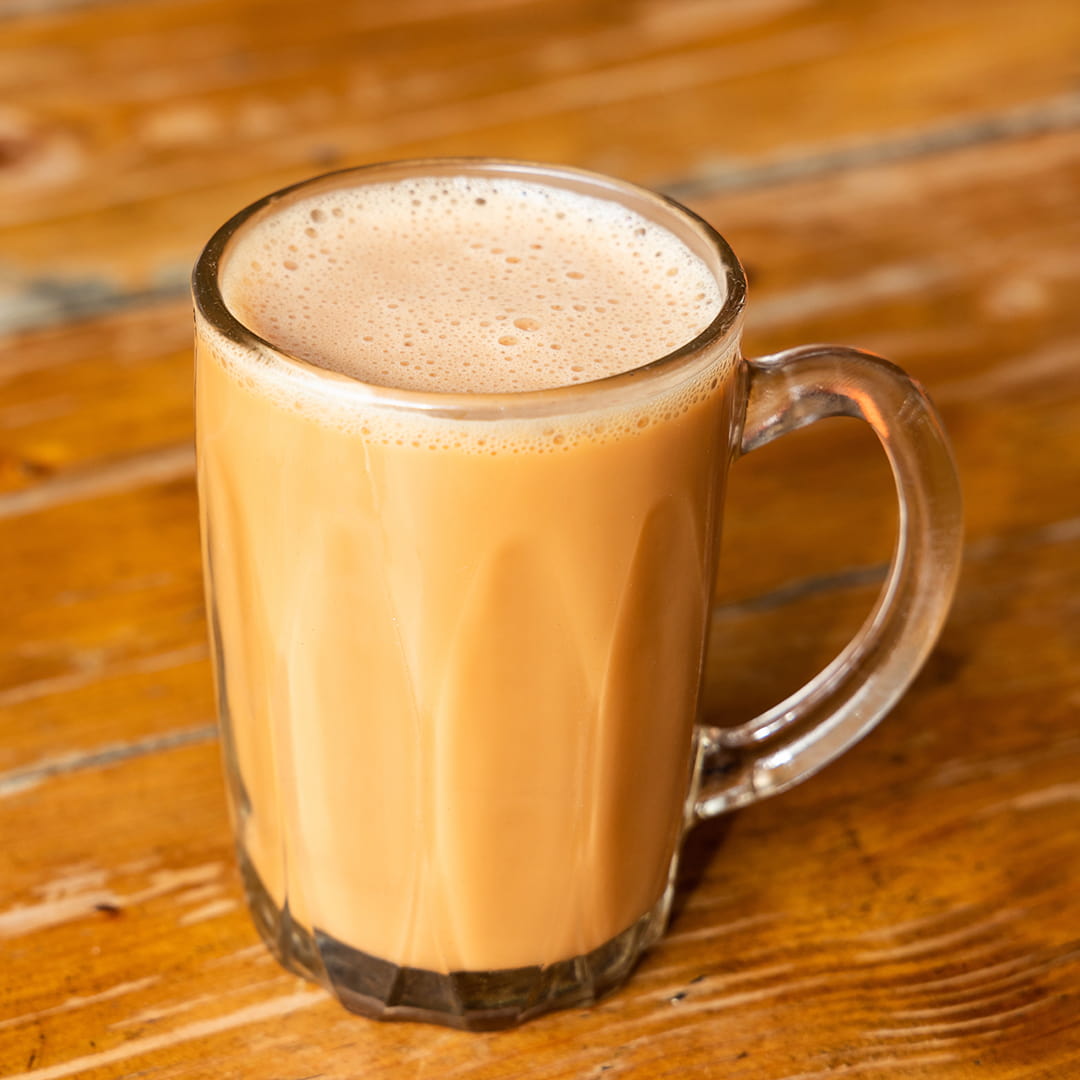
Drink
Unlike the coffee focus in the GCC, Southeast Asia leans towards fragrant teas.
During Eid gatherings, refreshing beverages like Teh tarik (pulled tea) with its milky sweetness and cardamom aroma, and Sirap Bandung (rose syrup milk) are common choices. Flower teas like rose and chrysanthemum or various fruit juices might also be enjoyed.
Local herbal drinks like jamu (Indonesia) or cincau (mixed with grass jelly) offer a refreshing and often slightly bitter counterpoint to the sweet treats.
Gifts
Exchanging gifts is also a common practice during Eid in Southeast Asia. Alongside traditional gifts like clothing and sweets, perfumes and scented products are popular choices. Local fragrances, including attars and perfumed oils, are cherished gifts that symbolize warmth, affection, and good wishes for loved ones.
Incense
Burning incense and aromatic oils is a customary practice in many households during Eid. Fragrant materials like rose, sandalwood, patchouli and agarwood are often used, infusing the surroundings with a sense of tranquility and spirituality.
Overall, the fragrances of Eid in Southeast Asia are a harmonious blend of floral, spicy, woody and sweet notes, reflecting the region’s rich cultural heritage and the joyous spirit of the occasion.
However, unlike the smoky bakhoor in the GCC, Southeast Asian incense tends to be lighter and more floral.
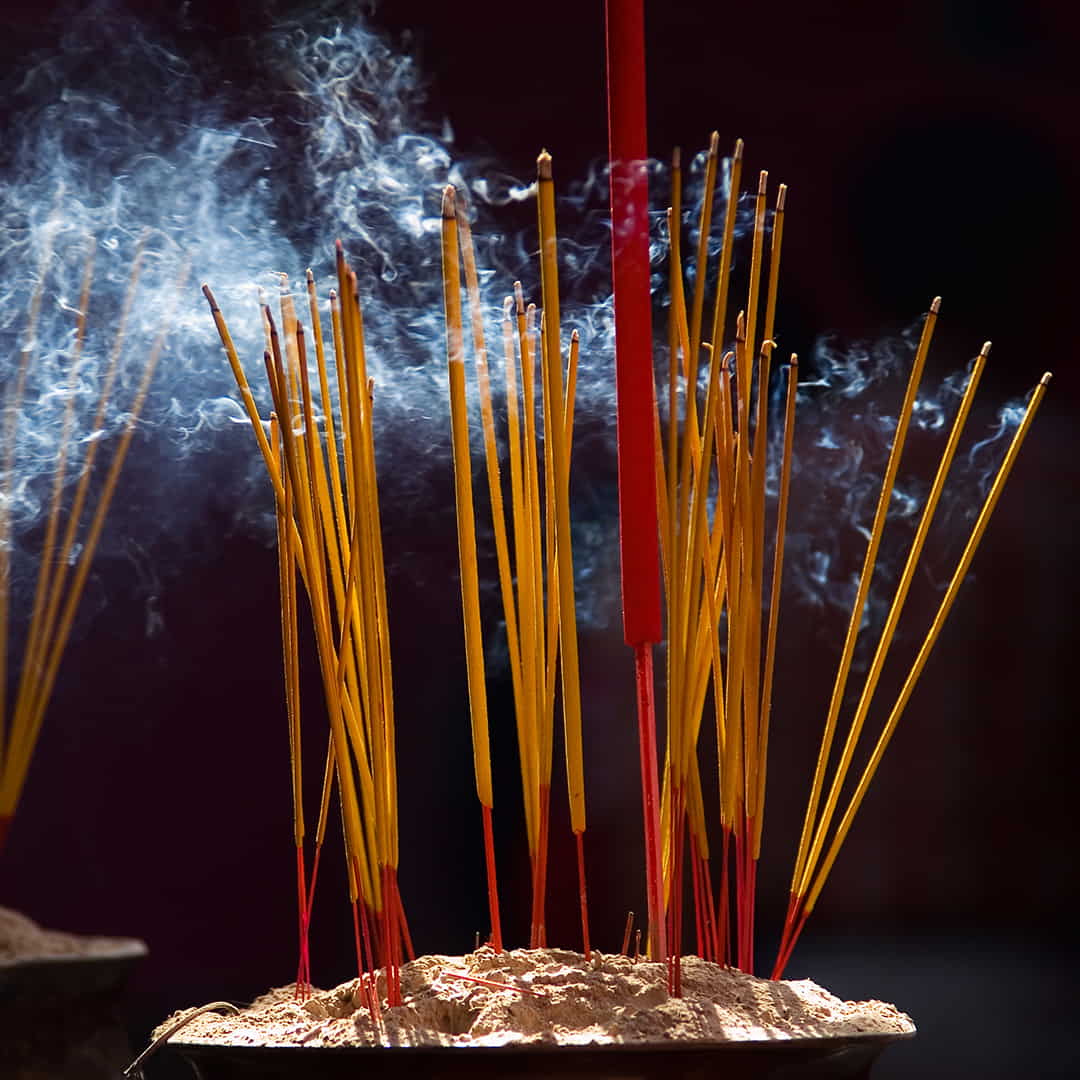
Fresh Flowers
Homes are often decorated with fresh flowers like jasmine, frangipani, and orchids, adding their natural fragrance to the celebratory atmosphere.
Uniquely Regional
The focus on fresh floral notes, the use of pandan leaves, and the prevalence of fragrant teas create a distinct olfactory experience in Southeast Asia during Eid. It’s a lighter, more tropical take on the festive fragrance compared to the richer, woodier scents of the Arabic World.
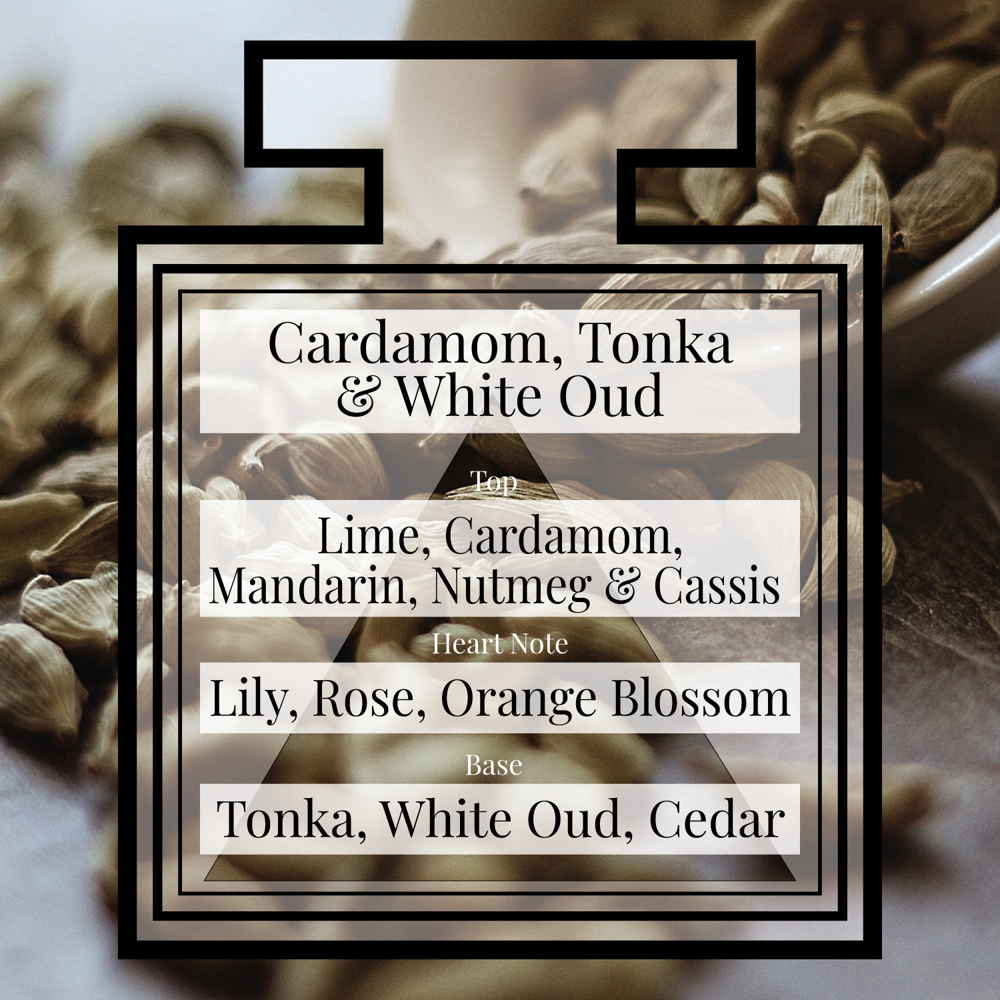
Cardamom, Tonka & White Oud
Here at Pairfum London we have a fragrance inspired by and ideal for this festive period: Cardamom, Tonka & White Oud
This is the olfactive profile:
- This rich, passionate fragrance opens with Lime & Mandarin, Cardamom, Nutmeg, Clove and fruity hints of Cassis. At the heart of this accord are spicy White Lily, Rose and Orange Blossom. A sensual base of Tonka, White Oud, Cedar, Santal and Amber rounds off this creation.
- Olfactive Family: Oriental
- Gender: Unisex
- Type: Eau de Parfum Intense
- Batch: Limited Edition
- Content: 100 ml / 3.4 fl. oz
- Natural & Handmade | Essential Oils | Vegan | Cruelty-free | Eco-Friendly
For us, as perfumers, this fragrance perfectly encapsulates the festive holiday of Eid and it a perfect gift for Eidi.
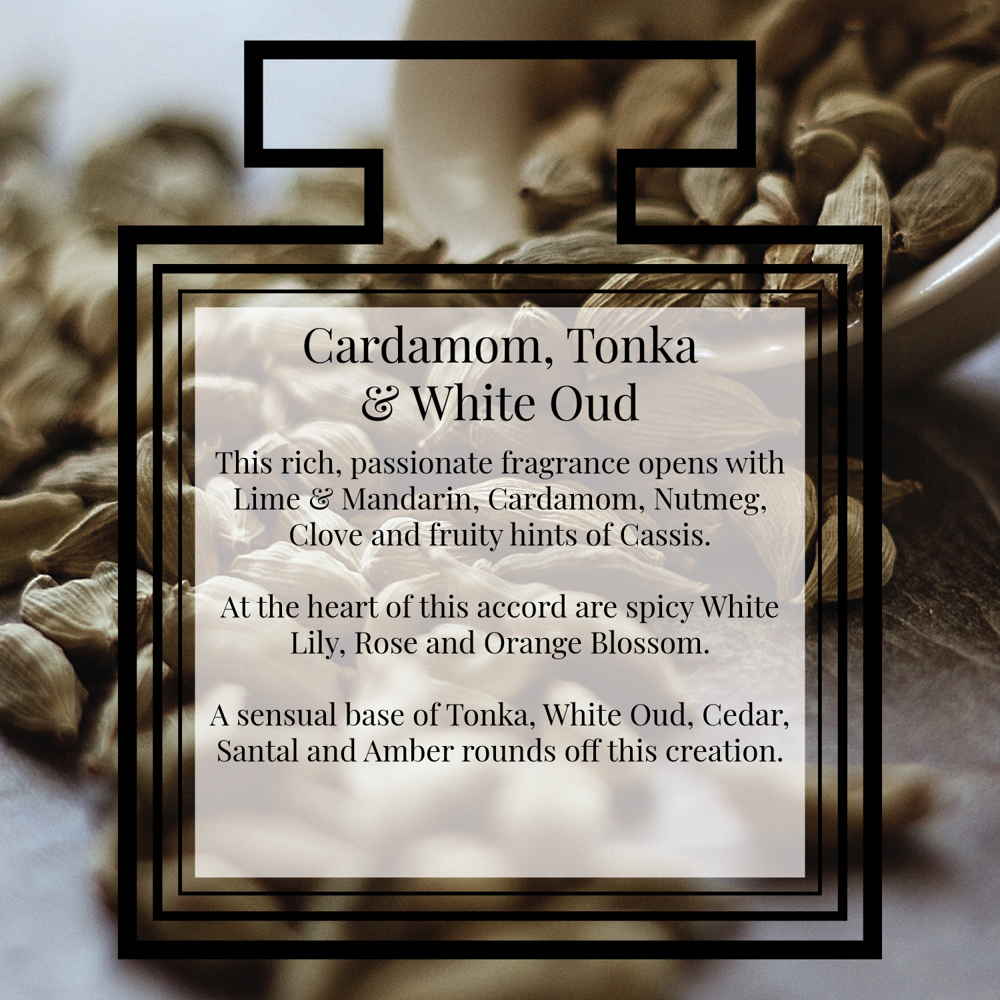
Eidi
Eidi or Salami is a traditional gift that is given as part of the celebration of the two major Muslim holidays – Eid al-Fitr and Eid al-Adha. It’s a way of showing love, respect, and appreciation to family members, friends, others and sometimes to people in need and a way of spreading peace and happiness during the festive season.
Eidi is typically given in the form of money, but other gifts such as clothes, sweets, toys, and perfumes can also be given. What is chosen depends on the person’s relationship with the recipient. In some cultures, the younger generation receives Eidi from their elders as a sign of love and respect, while in others, it’s a way of giving to those who are less fortunate.
The word “Eidi” is derived from the Arabic word “Eid,” meaning “festival” or “holiday.” In some parts of South Asia, Eidi is also known as “Salami,” which is derived from the Arabic word “Salaam,” meaning “peace.” It’s a way of spreading peace and happiness during the festive season.
We hope your home smells wonderfully fragrant of cardamom and oudh, the fragrance of Eid.

Happy Eid !
There are different ways to express your best wishes during Eid and Ramadan. These are some common greetings:
- Eid Mubarak: This is a common greeting used to express well wishes on the occasion of Eid. It means “Blessed Eid” or “Happy Eid.”
- Ramadan Kareem: This greeting is used to wish someone a generous and bountiful Ramadan. It means “May Ramadan be generous to you.”
- Eid Saeed: This greeting means “Happy Eid” or “Happy Celebration” and is commonly used in Arabic-speaking countries to acknowledge the end of the holy month of Ramadan.
- Taqabbal Allahu minna wa minkum: This is an Arabic phrase used during Eid that means “May Allah accept from us and from you [our good deeds].”
- Eid-ul-fitr ki dheron shubh kamnayein: This is a greeting commonly used in India and Pakistan and means “Many happy wishes for Eid al-Fitr.”
- Eid al-Fitr Mubarak: This greeting is a variation of “Eid Mubarak” specifically used during Eid al-Fitr.
- Ramadan Mubarak: This greeting is a variation of “Eid Mubarak” specifically used during Ramadan to express good wishes for the month-long fast.
Use one of these to express your good wishes during Eid and Ramadan. Keep in mind, the most common greetings are “Eid Mubarak,” “Ramadan Kareem,” and “Eid Saeed.”
From all of us, here at Pairfum London: Eid Mubarak.

